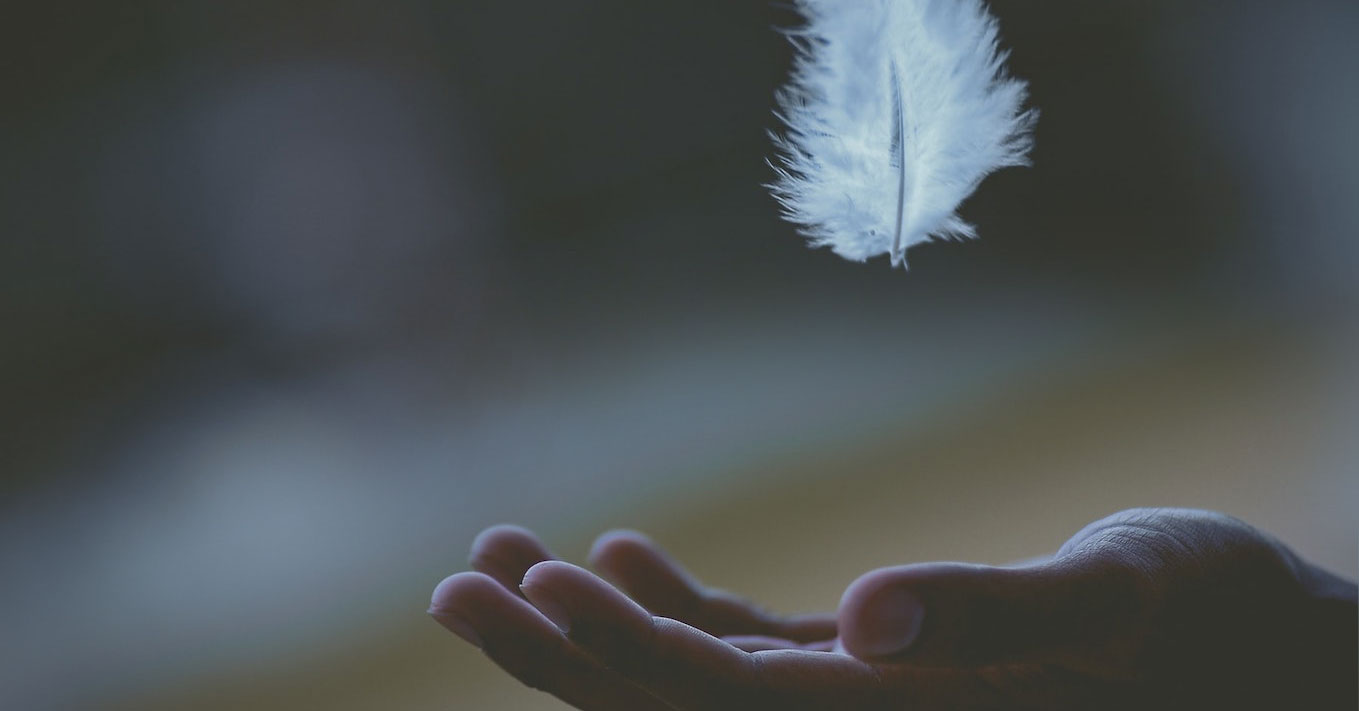Seeing the Emptiness of Self
When we shift our attention from thoughts to feelings and let identity arise into consciousness, the sense of self diminishes The post Seeing the Emptiness of Self first appeared on Tricycle: The Buddhist Review. The post Seeing the Emptiness...

Teachings Meditation Month 2025
When we shift our attention from thoughts to feelings and let identity arise into consciousness, the sense of self diminishes
By Laura Bridgman Jan 10, 2025 Photo by Javardh
Photo by JavardhSometimes as Buddhists, we can develop an orientation that somehow we need to go beyond our sense of self or get rid of it. But I’d say the process is more about discovering through inquiry how the sense of self arises.
One way we can recognize the experience of a sense of self is in those moments when we feel like a button is being pressed. We come into contact with something, and this automatic reaction arises. A few years ago when I was on retreat in Burma, I was in a monastery with a teacher called Sayadaw U Tejaniya. Sayadaw means teacher, and Tejaniya is his Pali name. As the abbot of this monastery, he invited a practice that’s quite different from other monasteries in Burma or other monasteries generally in that he didn’t control external conditions. For instance, there wasn’t a requirement in this monastery not to speak. Instead, he was inviting us to notice what happens on contact—what moves in our mind emotionally when we’re in contact with different conditions. In this particular incident, I was sitting in meditation in an open marble villa within the grounds of this monastery. It was actually a mausoleum to the teacher who founded this monastery, so it had open walls with pillars on three sides and steps leading up to it. I was leaning against one of these pillars in the heat of the afternoon—the marble was nice and cool—and I was just beginning to settle into meditation when two men came and sat on the steps and started a conversation. My attention gravitated toward the sound of their talking and I felt disturbed. I knew enough about practice by this time that the experience of their voices wasn’t the thing that was disturbing me. It was my irritation and reaction to that sound that was disturbing me.
I decided to turn my attention to that feeling of irritation, to just feel the agitation in my mind. I shifted my attention from the ideas, the thoughts—why don’t they shut up, why are they talking here, why don’t they go meditate—to the feeling in the mind accompanying those thoughts. It’s almost as if thoughts that have anger or irritation have a particular feeling tone that’s quite distinct from sad thoughts or joyful thoughts. Of course this agitation is not a pleasant feeling to be with. It takes a while to open, receive, allow, not judge, and let it be what it is—to create a kind of space or a nonreaction to the reaction. But eventually, my mind started to settle, and even though they were still talking, I could feel more equanimity with the experience of the sound.
Then my attention got caught again because they started to talk about the monastery I used to live in: Amaravati. They were talking about the particular monks and nuns there, and also talking about my teacher, Ajahn Sumedho. I noticed my attention was captured and drawn out again and the reaction reignited because I didn’t agree with what they were saying. Again, I just turned my attention away from my opinions to the feeling in the mind of the reactive agitation.
As my mind steadied in being with this reaction, I started to inquire into the thoughts themselves. What am I telling myself that’s making me feel annoyed with what they’re saying? Then I noticed this phrase, my monastery. They were talking about my monastery, my teacher. And suddenly, I realized that was really ironic. You actually go to a monastery or a teacher to understand the sense of self, and there had been this creation of this sense of “me and mine” in relation to this experience. So often we associate with the things we spend a lot of time with and are invested in, like where we work or live, or our families. They become about who and what we are. In this incident, it was almost like when the two men were criticizing my teacher, my monastery, and my community—I had been living in the monastery for five or six years by then—by inference, they were criticizing me.
Because I was on retreat and in this process of noticing the movements of the mind rather than being completely in them, I could see this reaction arising rather than being taken into it. I could also feel it and meet the feelings. And this is where compassion comes in. The simple beginnings of compassion are like a quality of being with, or letting be. In this case, that meant letting the agitation be, and letting the identity arise into consciousness in order to see it more fully.
We also learn about how our sense of self arises in this process. When we meditate or when we’ve been on retreat, perhaps, for a few days, we can feel this sense of landing where we are—a sense of settling. It’s like we find our center, and we can rest into our center. In those moments, the sense of self is also somehow less distinct. It’s quieter because this sense of wanting and not wanting, those urges of our preferences, have also settled or somehow made space for our reactions. We don’t buy into them or fuel them in the usual way. By contemplating our sense of craving and grasping, and finding a way to be with it but not in it, the sense of self also diminishes. In this way, we can see the sense of self as something conditioned rather than a fixed, certain, continuous self.
This article was originally published on February 3, 2022.
![]()
Thank you for subscribing to Tricycle! As a nonprofit, we depend on readers like you to keep Buddhist teachings and practices widely available.

 Kass
Kass 
































